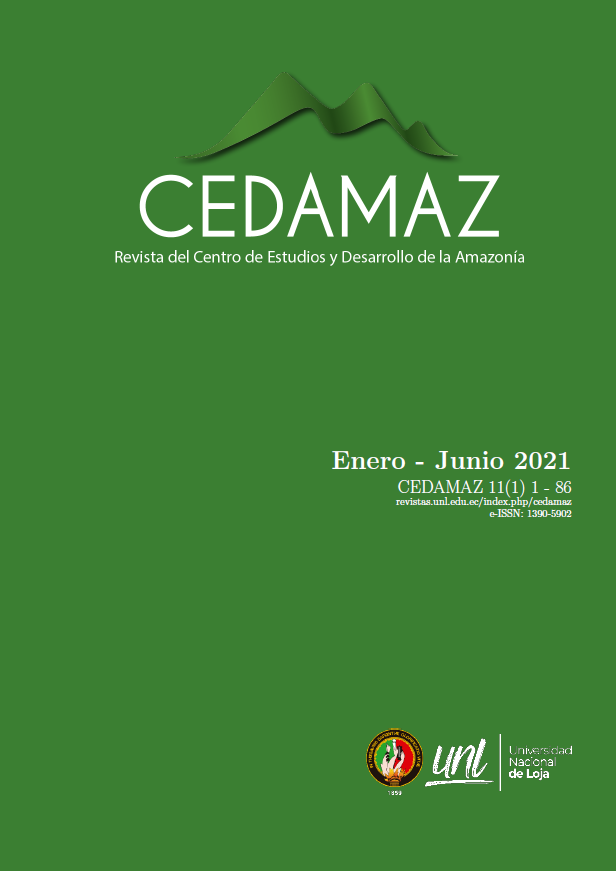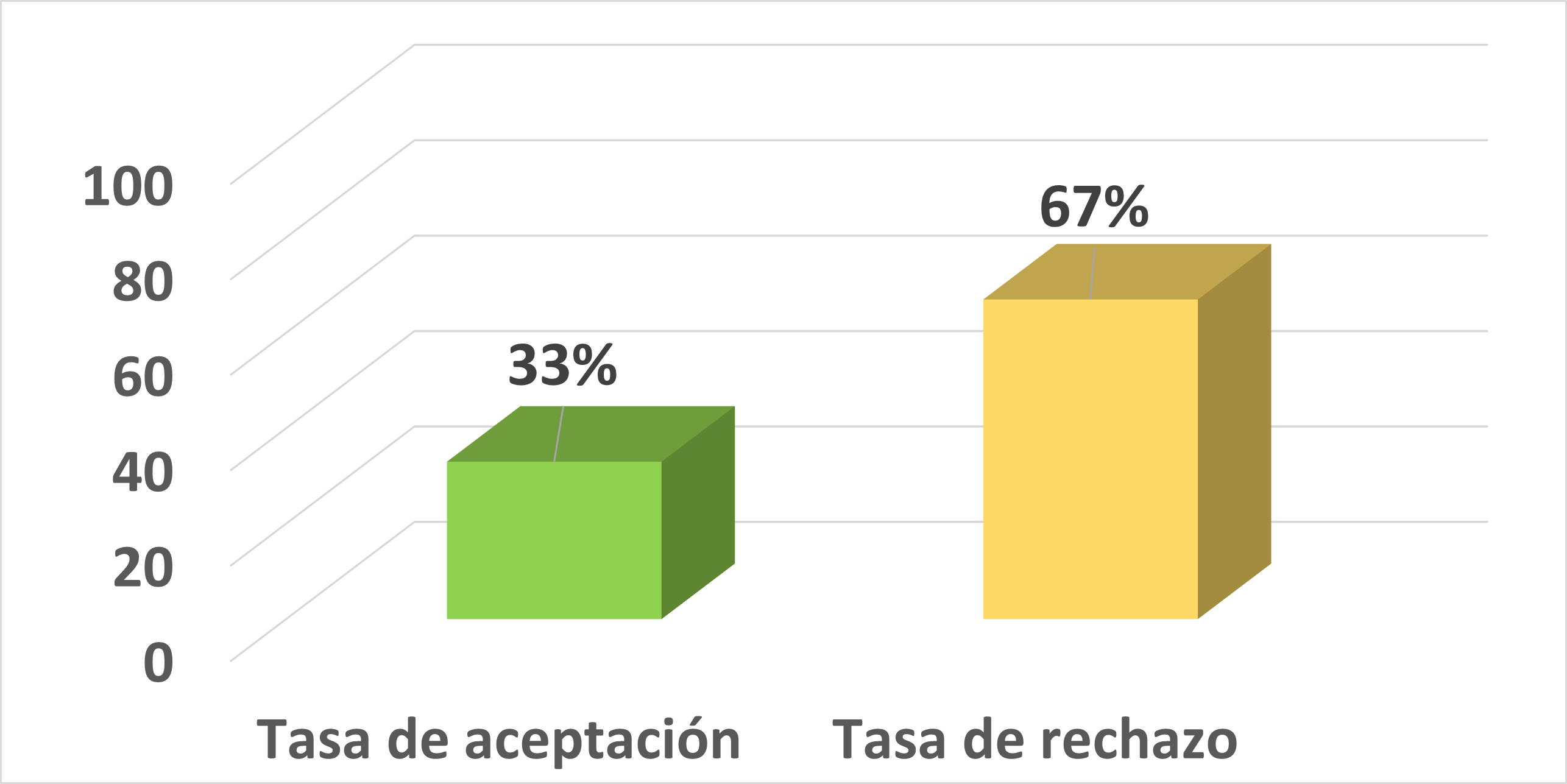Revisión sistemática de literatura: características y funcionamiento respecto a los modelos BERT y SQuAD
Palabras clave:
BERT, SQuAD, Covid, Respuestas a preguntas, Agentes conversacionalesResumen
En la actualidad con la pandemia que se padece, se han producido colapsos en el sistema de salud lo que ha ocasionado pérdidas humanas y económicas en mayor parte, ha provocado el resguardo de la población y a limitado el acceso a centros de salud. Lo que ha provocado decesos en la población por no poder tener acceso a atención medica básica, como pueden ser consultas sobre los principales síntomas. La presente Revisión Sistemática de Literatura (RSL) asumió el propósito de identificar qué características y funcionamiento óptimo son necesarios para empleo de BERT y SQuAD con el fin de desarrollar posteriormente un agente virtual centrado en dar Respuesta a Preguntas sobre temas comunes del Covid-19. Ya que al no dar abasto los centros de salud el agente ofrecería una mayor cobertura en temas de asistencia sobre el covid a la población. La presente RSL se basó en las fases de la metodología de Bárbara Kitchenham, la revisión se planteó en base a tres preguntas de investigación y definió el transcurso de la revisión; obteniendo a PyTorch y TensorFlow como frameworks para el desarrollo de software, como lenguaje programación a Python por su vinculación en aprendizaje automático, el modelo BERT BASE empleado para hardware de pocos recursos y SQuAD 2.0 por ser más completo respecto a pares de preguntas y respuestas razonables.Citas
Ayoub, J., Yang, X. J., Zhou, F. (2021). Combat COVID-19 infodemic using explainable natural language processing models. Information Processing and Management, 58(4). https://doi.org/10.1016/j.ipm.2021.102569
Balagopalan, A., Eyre, B., Robin, J., Rudzicz, F., Novikova, J. (2021). Comparing Pre-trained and FeatureBased Models for Prediction of Alzheimer’s Disease Based on Speech. Frontiers in Aging Neuroscience, 13. https://doi.org/10.3389/fnagi.2021.635945
Bruke Mammo, Praveer Narwelkar, R. G. (2018). Towards Evaluating the Complexity of Sexual Assault Cases with Machine Learning. 1–25.
Chang, D., Hong, W. S., Taylor, R. A. (2020). Generating contextual embeddings for emergency department chief complaints. JAMIA Open, 3(2), 160–166. 85 CARACTERÍSTICAS Y FUNCIONAMIENTO RESPECTO A LOS MODELOS BERT Y SQUAD CARRIÓN https://doi.org/10.1093/jamiaopen/ooaa022
Chintalapudi, N., Battineni, G., Amenta, F. (2021). Sentimental analysis of COVID-19 tweets using deep learning models. Infectious Disease Reports, 13(2). https://doi.org/10.3390/IDR13020032
Devlin, J., Chang, M. W., Lee, K., Toutanova, K. BERT: Pre-training of deep bidirectional transformers for language understanding. NAACL HLT 2019 - 2019 Conference of the North American Chapter of the Association for Computational Linguistics: Human Language Technologies - Proceedings of the Conference, 1, 4171–4186. https://github.com/tensorflow/tensor2tensor
El-Geish, M. (2020). Gestalt: a Stacking Ensemble for SQuAD2.0. http://arxiv.org/abs/2004.07067
Gao, Z., Feng, A., Song, X., Wu, X. (2019). Target-dependent sentiment classification with BERT. IEEE Access, 7, 154290–154299. https://doi.org/10.1109/ACCESS.2019.2946594
Hulburd, E. (2020). Exploring BERT Parameter Efficiency on the Stanford Question Answering Dataset v2.0. http://arxiv.org/abs/2002.10670
Kitchenham, B., Charters, S. (2007). Guidelines for performing Systematic Literature Reviews in Software Engineering.
Liu, H., Perl, Y., Geller, J. (2019). Transfer Learning from BERT to Support Insertion of New Concepts into SNOMED CT. AMIA. Annual Symposium Proceedings. AMIA Symposium, 2019, 1129–1138.
Maghraoui, K. El, Herger, L. M., Choudary, C., Tran, K., Deshane, T., Hanson, D. (2021). Performance Analysis of Deep Learning Workloads on a Composable System. 1, 1–10. http://arxiv.org/abs/2103.10911
Özçift, A., Akarsu, K., Yumuk, F., Söylemez, C. (2021). Advancing natural language processing (NLP) applications of morphologically rich languages with bidirectional encoder representations from transformers (BERT): an empirical case study for Turkish. Automatika. https://doi.org/10.1080/00051144.2021.1922150
Petticrew, M., Roberts, H. (2008). Systematic Reviews in the Social Sciences: A Practical Guide. In Systematic Reviews in the Social Sciences: A Practical Guide. Blackwell Publishing Ltd. https://doi.org/10.1002/9780470754887
Rajpurkar, P., Jia, R., Liang, P. (2018). Know what you don’t know: Unanswerable questions for SQuAD. ArXiv Preprint ArXiv:1806.03822.
Rajpurkar, P., Zhang, J., Lopyrev, K., Liang, P. (2016). SQuad: 100,000+ questions for machine comprehension of text. EMNLP 2016 - Conference on Empirical Methods in Natural Language Processing, Proceedings, 2383–2392. https://doi.org/10.18653/v1/d16-1264
Su, L., Guo, J., Fan, Y., Lan, Y., Cheng, X. Controlling Risk of Web Question Answering. SIGIR 2019 - Proceedings of the 42nd International ACM SIGIR Conference on Research and Development in Information Retrieval, 115–124. https://doi.org/10.1145/3331184.3331261
Su, M. H., Wu, C. H., Cheng, H. T. (2020). A TwoStage Transformer-Based Approach for Variable-Length Abstractive Summarization. IEEE/ACM Transactions on Audio Speech and Language Processing, 28, 2061–2072. https://doi.org/10.1109/TASLP.2020.3006731
Vinod, P., Safar, S., Mathew, D., Venugopal, P., Joly, L. M., George, J. (2020, June 1). Fine-tuning the BERTSUMEXT model for clinical report summarization. 2020 International Conference for Emerging Technology, INCET 2020. https://doi.org/10.1109/INCET49848.2020.9154087
Yang, X., Zhang, H., He, X., Bian, J., Wu, Y. (2020). Extracting family history of patients from clinical narratives: Exploring an end-to-end solution with deep learning models. JMIR Medical Informatics, 8(12). https://doi.org/10.2196/22982
Zadeh, A. H., Edo, I., Awad, O. M., Moshovos, A. (2020). GOBO: Quantizing attention-based nlp models for low latency and energy efficient inference. Proceedings of the Annual International Symposium on Microarchitecture, MICRO, 2020-Octob, 811–824. https://doi.org/10.1109/MICRO50266.2020.00071
Zeng, K., Pan, Z., Xu, Y., Qu, Y. (2020). An ensemble learning strategy for eligibility criteria text classification for clinical trial recruitment: Algorithm development and validation. JMIR Medical Informatics, 8(7). https://doi.org/10.2196/17832
Zhou, Y., Yang, Y., Liu, H., Liu, X., Savage, N. (2020). Deep Learning Based Fusion Approach for Hate Speech Detection. IEEE Access, 8, 128923–128929. https://doi.org/10.1109/ACCESS.2020.3009244
Publicado
Cómo citar
Número
Sección
Licencia

Esta obra está bajo una licencia internacional Creative Commons Atribución-NoComercial-SinDerivadas 4.0.
Aquellos autores/as que tengan publicaciones con esta revista, aceptan los términos siguientes:
-
Luego que el artículo científico es aceptado, para su publicación el o la autora aceptan ceder los derechos de la primera publicación a la Revista CEDAMAZ, conservando sus derechos de autor. Se permite la reproducción total o parcial de los textos que se publican siempre y cuando sea sin fines de lucro. Cuando se ejecute la reproducción total o parcial de los artículos científicos aceptados y publicados en la revista CEDAMAZ, se debe citar la fuente completa y la dirección electrónica de la publicación.
-
Los artículos científicos aceptados y publicados en la revista CEDAMAZ pueden ser depositados por los autores de manera integra en cualquier repositorio sin fines comerciales.
-
Los autores no deben distribuir los artículos científicos aceptados, pero que todavía no han sido publicados oficialmente por la revista CEDAMAZ. En el caso de incumplir esta norma implica el rechazo del articulo científico.
- La publicación de su obra, el cuál estará simultáneamente sujeto a la Licencia de reconocimiento de Creative Commons









